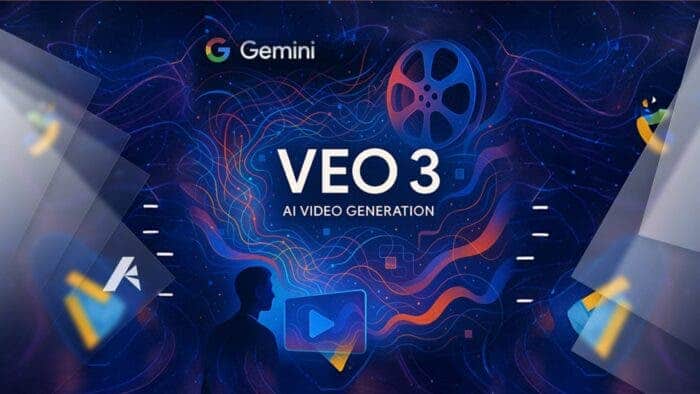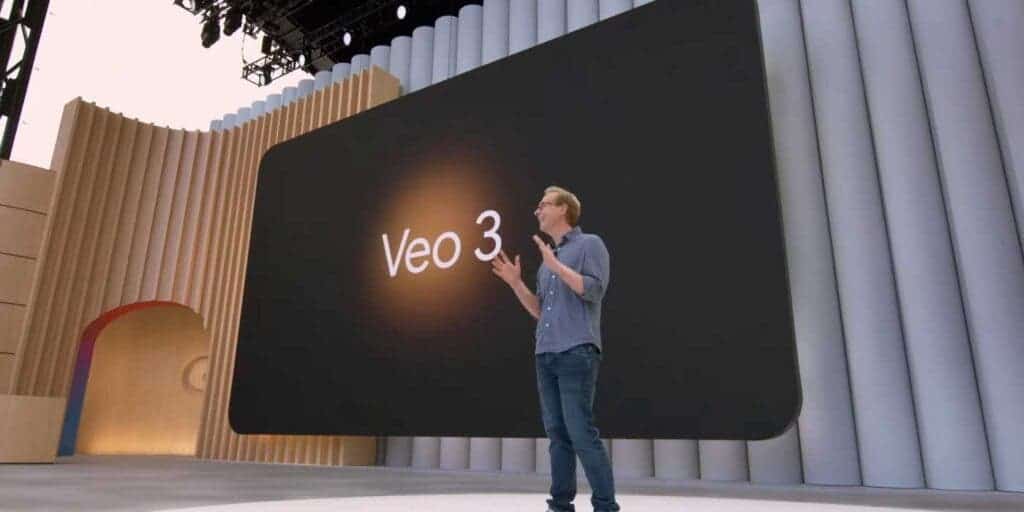newsTech
Google’s Gemini Can Now Turn Images Into 8-Second Videos—with Sound
Nick Papanikolopoulos
July 11, 2025

It’s subtle, but significant: Google just gave its Gemini-powered video tool a creative boost. Starting today, you can upload a single image—and, with just a few prompts—turn it into a short, AI-generated video. Yes, it’s limited. But the implications are big. The new feature, now available through Veo 3, Gemini’s video creation module, lets you generate eight-second clips, complete with sound. The idea? Start with a still image, describe what’s happening (or should be happening), and let Gemini handle the rest.

Here’s How It Works
To try it, users need to head into Gemini’s video tools. From the prompt box, tap “Videos”, upload your chosen image, and then write a scene description. You can also include audio guidance—background music, ambient sounds, dialogue cues. It’s pretty straightforward. Once your video is generated, you can download it, share it, or rate it with a thumbs up or down. That feedback goes directly to Google’s training systems.
The feature is currently rolling out to Google AI Pro and Ultra users in “select countries,” though Google hasn’t published a full list of where it’s live. The same functionality is now available inside Flow, Google’s AI filmmaking app—essentially a more cinematic layer built on top of Veo 3.
The Bigger Picture: AI Creativity on Autopilot?
Over the past seven weeks, Google says users have already generated more than 40 million videos using Veo 3 and Flow. That number’s likely to spike even faster now, given how frictionless image-to-video creation is compared to starting from scratch.
Still, the feature isn’t without constraints. There’s a strict eight-second limit, which might feel short depending on your goals. There’s also a visible watermark on every generated video to indicate it’s AI-made, along with an invisible SynthID digital signature embedded for authenticity tracking. Google’s playing it careful here—and understandably so.
A Small Step, But a Telling One
The rollout isn’t dramatic. In fact, Google didn’t make a huge splash about it. But there’s something quietly transformative about taking a static image and watching it move, breathe, speak—even just a little.
For now, this feels like another experimental layer added to an already fast-evolving toolkit. Maybe not revolutionary. But one more signal that AI video, once niche, is slowly becoming part of everyday creative workflows. One image at a time.
Disclaimer: We may be compensated by some of the companies whose products we talk about, but our articles and reviews are always our honest opinions. For more details, you can check out our editorial guidelines and learn about how we use affiliate links.Follow Gizchina.com on Google News for news and updates in the technology sector.
Source/VIA :